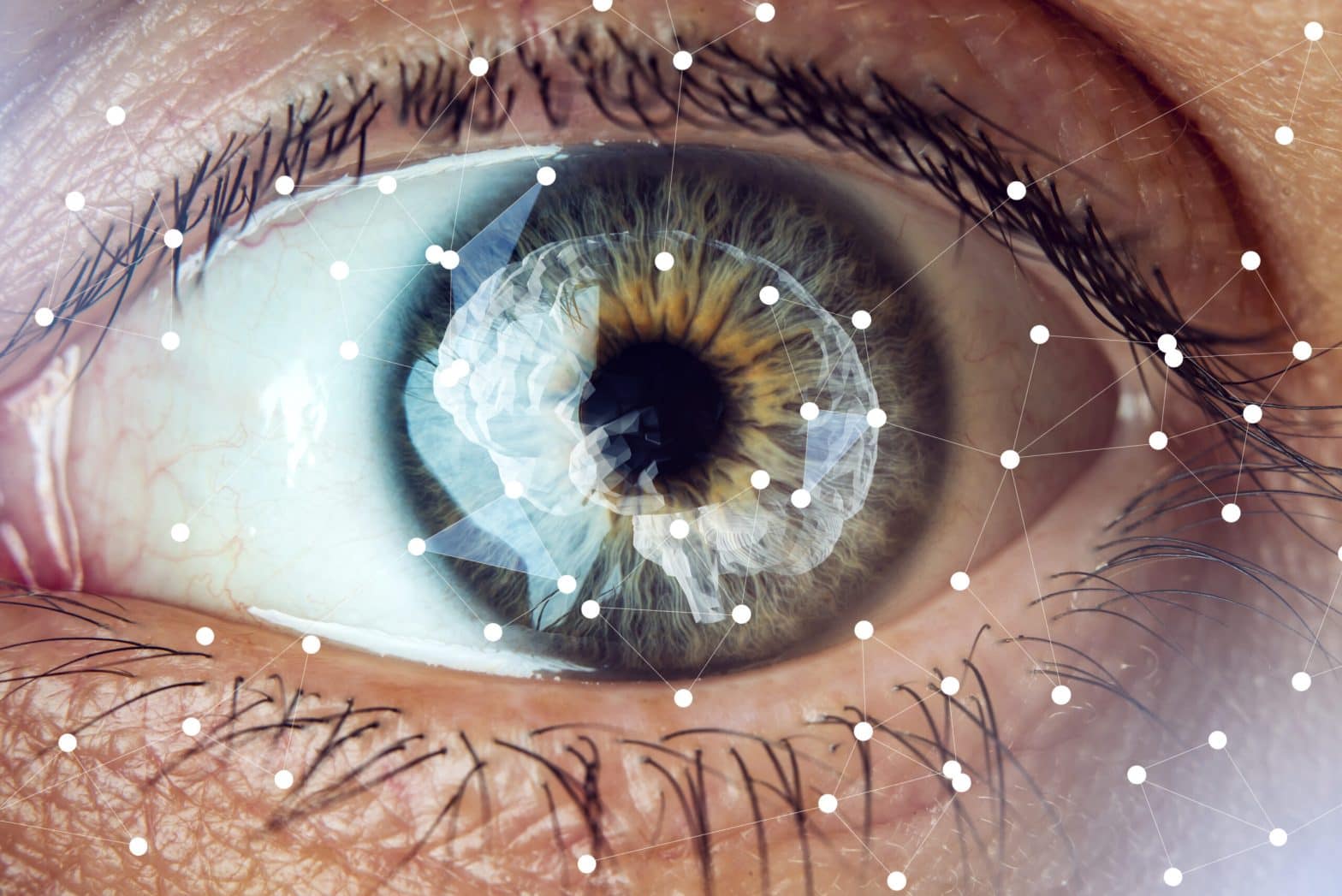
Neuro-ophthalmology and associated eye conditions
This blog on Neuro-ophthalmology has been contributed by Dr. Salma Yassine, Consultant Ophthalmologist in Paediatric & Neuro-ophthalmology
What is neuro-ophthalmology?
Neuro-ophthalmology is an ophthalmic subspecialty that addresses the relationship between the eye and the brain. The optic nerve acts as a cable that connects what we see through our eyes to the brain. The brain then changes the visual signals into images and helps us know what we are seeing. If the optic nerve is damaged, these visual signals are impaired, which leads to decreased visual perception. The field of neuro-ophthalmology deals with such neurological conditions that affect the eye and causes problems with vision. Some neuro-ophthalmic disorders can cause permanent damage if not diagnosed and treated adequately.
What are the most common symptoms of neuro-ophthalmic diseases?
Some common Neuro-ophthalmology symptoms include reduced vision, double vision, headaches, impaired colour vision, and visual field cuts. These symptoms are not to be ignored, if you face any of them, you must immediately seek advice from a neuro-ophthalmologist
What are common types of neuro-ophthalmic diseases?
A few of the most common neuro-ophthalmic conditions are optic neuritis, ischemic optic neuropathy, comprehensive optic neuropathy (pituitary tumours), papilledema, inflammatory and infectious optic neuropathies, cerebrovascular disorders involving vision, tumours involving vision, blepharospasm and hemifacial spasm, nystagmus, thyroid eye disease, myasthenia gravis, ocular motor disorders, pupillary abnormalities, hereditary optic neuropathies in patients who have unexplained vision loss
Some disorders that require immediate attention from neuro-ophthalmologists include;-
- Optic neuritis: It is an eye disorder that is caused by inflammation of the optic nerves. This inflammation can be caused by infection or autoimmune disorders like multiple sclerosis and neuromyelitis optica. It is a disease that usually affects young adults in 1 eye but often affects 2 in children. Patients with optic neuritis can develop nagging eye pain, pain with eye movements, blurry vision, and loss of colour perception. These issues can be serious because it can lead to permanent vision loss.
- Papilledema : It is a condition in which optic nerves swell up due to increased intracranial pressure. It is often accompanied by headaches, dimming of vision and rushing noises in the ears. Papilledema can lead to optic atrophy and blindness if not treated in a timely manner. Sometimes papilledema can be a warning sign for a tumour or haemorrhage. If papilledema is not traced to a particular problem, then it is called idiopathic cranial hypertension.
- Nutritional optic neuropathy: Toxic substances found in alcohol and tobacco can also damage the optic nerve. Certain vitamin deficiencies like folic acid and vitamin B complex can cause optic neuropathy
- None ischemic arthritic optic neuropathy (NAION): There are many risk factors for NAION, some of which include uncontrolled sugar levels in diabetics or high blood pressure in hypertensive patients. These systemic conditions can affect the blood vessels that supply the optic nerve, which can result in disabling vision loss.
- Strabismus (squints): It is a disorder when both eyes cannot align in one direction, which can cause double vision. Paralytic strabismus occurs when the muscles are unable to move the eye, disrupting the coordination between both eyes. This could be due to a lesion compressing the nerves that connect to the ocular muscles or due to microvascular damage to these nerves